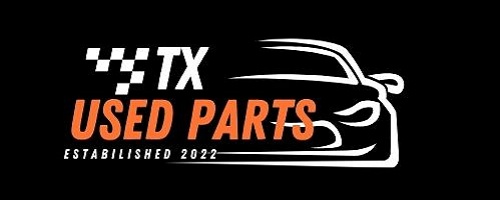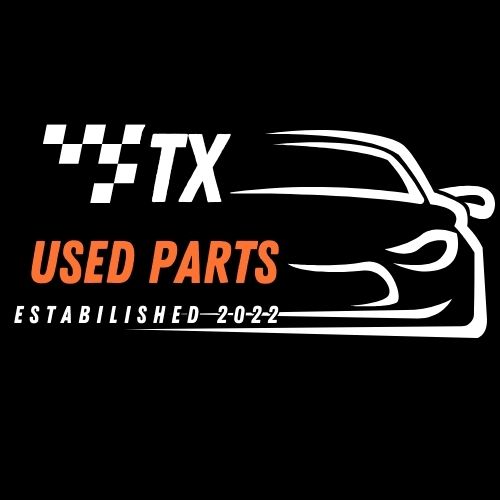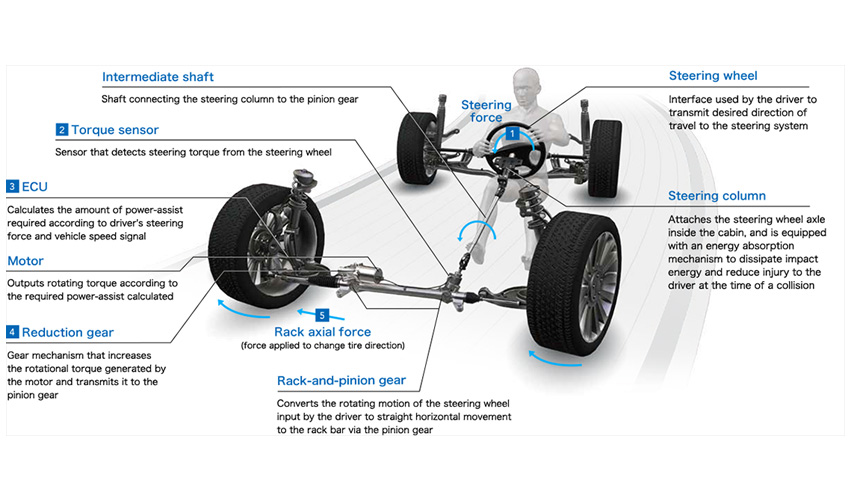Everything You Need to Know About Buying Used Steering Components: Power Steering Pumps, Steering Racks, and Tie Rods
1. Introduction to Steering Components
When it comes to vehicle safety and performance, few systems are as critical as the steering system. Comprised of several key parts, used car parts including the power steering pump, steering rack, and tie rods, these components work together to ensure that the driver has full control over the vehicle. Whether you’re navigating city streets or highways, proper steering function is vital. But what happens when these parts wear out? Is buying used steering components a viable option? In this article, we’ll explore the ins and outs of purchasing second-hand steering parts and provide guidance on how to make informed choices.
2. Power Steering Pumps: What You Need to Know Before Buying Used
The power steering pump plays a crucial role in making steering easier by using hydraulic or electric power to assist with turning the wheels. When buying a used power steering pump, it’s important to assess several factors:
- Check for fluid leaks around the pump and its connections.
- Ensure the pump seals are intact and not dried out, as this can lead to pressure loss.
- Listen for any whining noise when the pump is engaged; this can indicate internal wear.
- Inspect the pulley system to ensure it’s working smoothly and not causing unnecessary strain on the steering fluid reservoir.
By thoroughly inspecting these areas, you can avoid purchasing a faulty used power steering pump and save on potential repair costs.
3. Steering Racks: Essential Tips for Buying Second-Hand
The steering rack, which operates the rack and pinion system, is another critical component of the vehicle’s steering mechanism. When buying a used steering rack, it’s important to consider both manual and power-assisted varieties. Here’s what to look for:
- Inspect for wear on the rack teeth to ensure the gears are not damaged or unevenly worn.
- Check the condition of the inner tie rods, as these often come attached to the steering rack and are prone to wear.
- Look for leaks or damaged rack seals that could indicate potential hydraulic issues.
- Ensure the steering shaft is not excessively worn, which could lead to sloppy handling.
- Verify that rack bushings are in good condition, as these help stabilize the steering system.
A well-maintained second-hand steering rack can offer excellent value if properly inspected before purchase.
4. Tie Rods: Used vs. New
The tie rods are responsible for connecting the steering rack to the wheels, playing a pivotal role in both alignment and steering responsiveness. While it may be tempting to opt for used tie rods, it’s essential to weigh the pros and cons:
Pros:
- Cost savings: Buying second-hand tie rods can be significantly cheaper than new parts.
- Availability: Used tie rods are often readily available, especially for older vehicles.
Cons:
- Wear and tear: Tie rod ends can wear out over time, leading to poor vehicle alignment and increased steering wheel vibration.
- Safety risks: Worn-out or damaged tie rods can fail, leading to a loss of steering control.
When buying used, inspect the threaded connections, look for signs of wear, and test for steering precision before making a final decision.
5. Pros and Cons of Buying Used Steering Components
Opting for used steering components comes with a mix of benefits and risks. Here are some pros and cons to consider:
Pros:
- Cost-effective: Used parts are often much cheaper than new or OEM (Original Equipment Manufacturer) parts.
- Sustainability: Purchasing used components supports the circular economy and reduces waste.
- Availability: Hard-to-find parts for older vehicles are often easier to locate in the used parts market.
Cons:
- Durability: Used parts may not last as long as new components, especially if they’re not properly reconditioned.
- Hidden defects: Without proper inspection, used parts may have mechanical wear or fluid leaks that could compromise performance.
- Limited warranties: Many used parts dealers do not offer extensive warranties, leaving the buyer at risk.
Balancing these factors is crucial when deciding whether to buy new or second-hand steering parts.
6. How to Inspect Used Steering Parts
Proper inspection is key to ensuring you’re buying reliable used steering components. Here’s a checklist to follow for power steering pumps, steering racks, and tie rods:
- Look for fluid leaks: Check for any signs of steering fluid around seals and connections.
- Check for wear: Inspect gears, seals, and bushings for signs of mechanical wear.
- Test for play: Ensure there is no excessive play in steering by testing the component’s functionality in a controlled setting.
- Rust and corrosion: Visually inspect parts for any rust or corrosion, especially in areas exposed to moisture.
- Pressure testing: For hydraulic components, conduct a pressure test to ensure they can hold and maintain the required pressure.
By following these steps, you can avoid buying faulty steering parts and ensure long-term performance.
7. Where to Buy Reliable Used Steering Components
Now that you know what to look for, where should you buy your used steering parts? Here are some trusted sources:
- Certified pre-owned parts dealers: These companies offer reconditioned steering components that meet quality standards.
- Salvage yards: If you’re looking for a bargain, many salvage yards offer used parts at a fraction of the cost.
- Online marketplaces: Platforms like eBay or specialized auto parts stores often list verified, inspected used parts.
- Return and warranty policies: Always ensure the seller offers a reasonable return policy and some form of part warranty.
These sources provide a range of options, from budget-friendly to premium, when purchasing used power steering pumps, steering racks, and tie rods.
Conclusion
Buying used steering components such as power steering pumps, steering racks, and tie rods can be a cost-effective and sustainable option. However, it’s essential to thoroughly inspect each part for wear and tear, fluid leaks, and mechanical defects. Understanding the pros and cons of each component and knowing where to purchase reliable used parts will help you make informed decisions and keep your vehicle performing at its best.
By following these guidelines, you’ll be able to find high-quality used steering components that meet your needs without breaking the bank. Happy driving!


